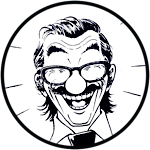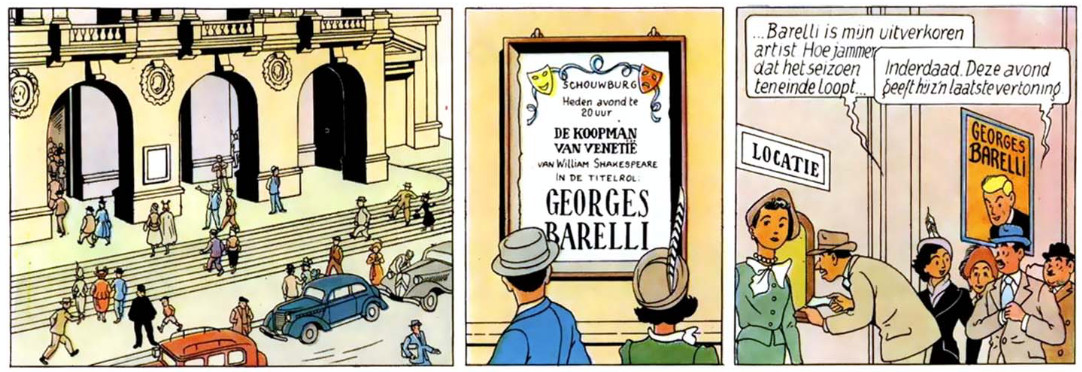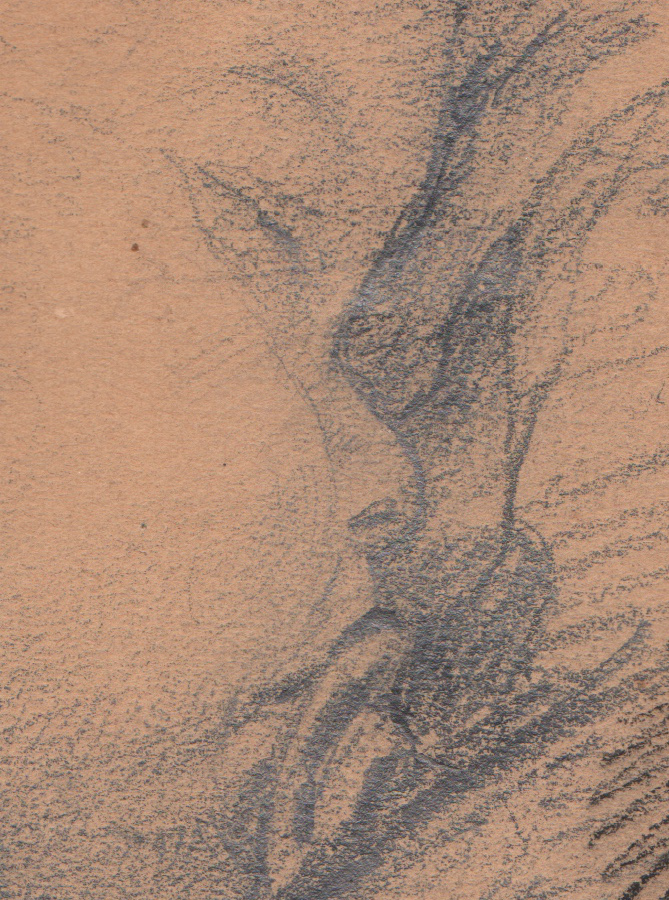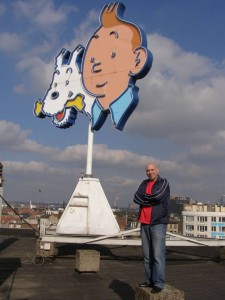
Yves Rodier (born 5 June 1967) is a Franco-Quebec comic strip author who got widely known for having completed “Tintin and Alph-Art“, albeit in a non-official version of course. It never got commercially released but despite that, it must be one of the most pirated unofficial albums ever. Since then, he has continued to make Tintin pastiches (although he has always kept in the spirit of Hergé unlike most other pastiches out there), he worked in animation (Marsupilami, Heavy Metal:FAKK 2, Bob Morane, Papyrus, Fantômette), but also built a successful comic career with his own series “Pignouf et Hamlet“, “Aventures de Simon Nian” and more recently “El Spectro” (check the official Facebook page). The latter is released via Le Lombard. We contacted Yves Rodier to ask him if he could tell us a bit more about how he met Bob De Moor.
BDM: Yves, can you sketch us how you got to meet Bob De Moor?
YR: Bob and me met at the ‘Festival BD’ in Brossard, near Montréal, in September 1991. We already had corresponded a few times before, regarding my version of “Alph-Art” which I was drawing at the time. More specifically I had asked him a few technical precisions, the type of pens that he used, etc…
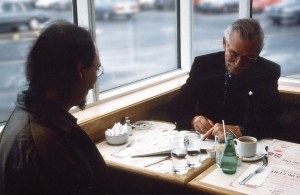
By the time he came to the festival I had already completed the album for a few months. He read it and gave me quite a detailed review. Scenario-wise, he found it to be very sketchy, but that was mainly due to Hergé’s scenario. I did rather well despite that, so he told me, but he was convinced that the scenario had to be reworked. Now, so many years later and with a lot more experience I clearly see what he meant and I fully agree with him.
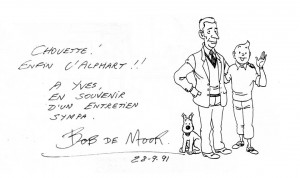
As far as the drawing goes, he was rather impressed with my mastering of Hergé’s style, but still found it to be clumsy. He was also pitiless about how I had “borrowed” from existing drawings. I clearly remember him showing me a page and saying: “Some drawings are pretty good, and they could be shown to the public who would think they come from a previously unreleased Tintin album, but next to that drawing you can see a pattern where you are clearly inspired by a strip from “The Red Sea Sharks”. That, for me, ruins the impression that this is a ‘new adventure of Tintin’. When we drew an album, we never looked at what we had done before. Everything was completely new. There was no feeling of “déjà vu”, which I do have when I look at your album.”
From that moment on, I always worked hard to create myself all my drawings without copying or tracing anything to try to never recreate that feeling of ‘déjà vu’.
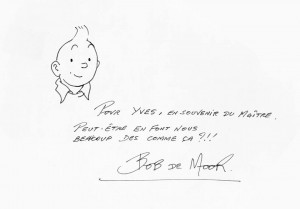
Now, I really wanted to present my work to Casterman and the Hergé Foundation. Bob warned me that they would never publish it. But he still offered me the necessary support. He told me: “In a perfect world, it would be nice if they accepted that we completely redo the design together! We could ask Greg to review the script, and tie up the loose ends.” I was overjoyed! But he looked at me and said, with a twinkle in his eyes: “Do not get carried away, it is pure utopia, huh. This will never happen! However, if I ever make a new album Barelli album, we could work together. What do you think?” It was an obvious ‘yes’ for me!
We corresponded once or twice before his death, which really filled me with sadness… We lost a really great comic author that day. I’m glad that you created a Facebook page for him. He is a far too unknown artist, still to this very day!
BDM: Your own project “El Spectro” steers clear from the typical clear line subjects. I mean, Mexican wrestling isn’t really clear line matter isn’t it? 🙂
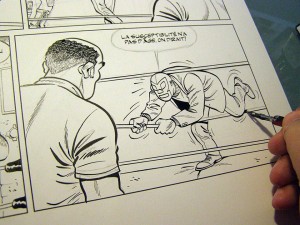
YR: I’m not really a fan of Mexican wrestling … In fact, I’m not a fan of wrestling at all! But I’m quite a fan of the films of Mexican wrestlers from the 50s-60s, “El Santo”, “Blue Demon”, “Mil Mascaras” and so on. That was my first inspiration for “El Spectro”. The subject of my comic is more connected to the Franco-Belgian clear line than one would say at first sight. El Spectro is a classic hardcore hero, just like Tintin or Bob Morane are. Being a ‘luchador’ is only a pretext to travel around the world (he is a star of the ‘Lucha Libre’), and be athletic, know how to fight, to be adventurous, and wear a mask that makes him instantly recognizable (like the haircut of Tintin, Spirou‘s costume, the Asterix helmet, etc …). So I managed to combine my love for the Mexican Luchadores movies, adventure, spy and horror movies of the 50s-60s with the Franco-Belgian comics. This is probably a combination that has never been done before, but I think my series is a continuation of those of Tintin, Gil Jourdan, Bob Morane, Spirou, Michel Vaillant, Dan Cooper, etc … A Mexican wrestler as a hero, well worth a Belgian reporter, a French detective, a race car driver, or a Canadian airman I’d say, right?
